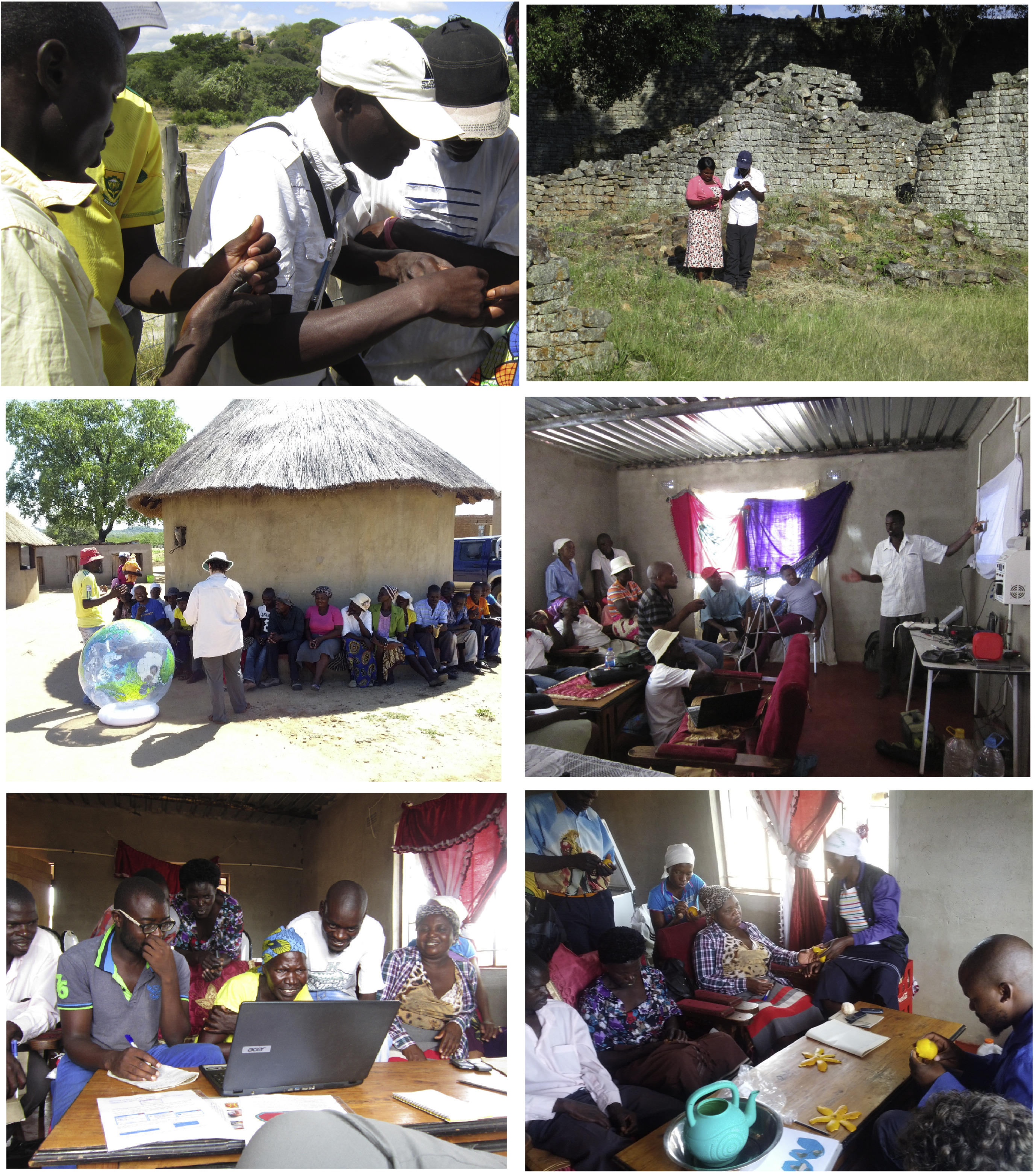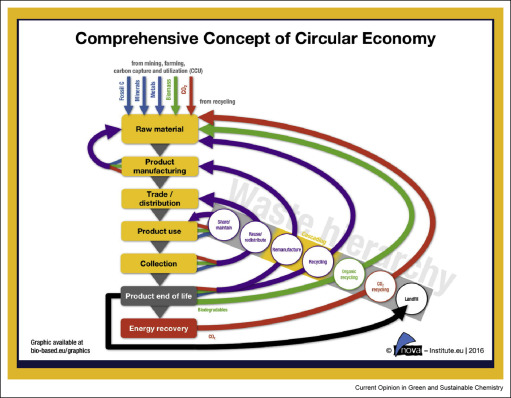Elsevier, Energy Research and Social Science, Volume 35, January 2018
Inspired by the energy democracy movement, this conceptual review critically explores relationships between concentrated or distributed renewable energy and political power. Advocates assert that because the renewable energy transition is fundamentally a political struggle, efforts to shift from fossil fuels and decarbonize societies will not prove effective without confronting and destabilizing dominant systems of energy power.
Elsevier, Energy Research and Social Science, Volume 35, January 2018
Looking back from 2050, this article is written in the form of a fictional speech reflecting on the impressive progress made by 2050 towards achieving the global goal of zero net emissions. The speaker also highlights the severe and ongoing ecological damage and human suffering caused by the failure to reduce emissions with sufficient urgency in the first quarter of the 21st Century – and the ongoing challenge of implementing the actions required to bring global temperatures back below 1.5 degrees. The speech identifies the following key drivers of the ‘great 21st century energy transition’.
Elsevier,
Development Engineering, Volume 3, 1 January 2018
In development engineering, practitioners often strive to empower local communities through technology. Effective adult education principles worked well with medium-tech mapping solutions. Local people used these skills to identify and solve their own development problems.
Elsevier, Food Policy, Volume 73, December 2017
Since 2000, mobile phone technologies have been widely adopted in many developing countries. Existing research shows that use of mobile phones has improved smallholder farmers’ market access and income. Beyond income, mobile phones can possibly affect other dimensions of social welfare, such as gender equality and nutrition. Such broader social welfare effects have hardly been analyzed up till now. Here, we address this research gap, using panel data from smallholder farm households in Uganda.
Elsevier, Sustainable Materials and Technologies, Volume 14, December 2017
Corrosion inhibition performance of an environmentally friendly compound, 8-hydroxyquinoline (8-HQ), on X60 steel was investigated in 15% hydrochloric acid (HCl), which simulate oil well acidizing environment. Efficacy of the inhibitor was examined utilizing weight loss, potentiodynamic polarization (PDP), electrochemical frequency modulation (EFM), linear polarization (LPR), and electrochemical impedance spectroscopy (EIS). Results show increased inhibitor efficiency with increase in concentration of 8-HQ and was further enhanced when iodide ions were added.
Elsevier, Sustainable Materials and Technologies, Volume 14, December 2017
The versatile use of droplet coagulation to recycle complex waste resources (fly ash FA, rice husk ash RHA and alum sludge AS) was investigated. Monodisperse microspheres were shaped, creating higher impact on the applicability of the waste resources. In order to obtain a suspension with appropriate rheological properties, pre-processing was required for the AS powder in contrast to the RHA and FA powders. Furthermore, the impact of the shaping process and waste stream properties on the calcination and sintering was determined and correlated to the microstructure of the sintered spheres.
Elsevier, Sustainable Materials and Technologies, Volume 14, December 2017
Metal-organic framework (MOF) materials are porous materials with high surface area that offer enormous flexibility of design and tailoring of its surface properties to be used in diverse chemical processes. Most of the reported properties of MOF materials were evaluated in powder materials produced in small scale where the synthesis has been optimized to obtain crystalline powders. Ideally, the industrialization of these materials will also be associated to efficient scalable synthesis protocols.
Elsevier, Current Opinion in Green and Sustainable Chemistry, Volume 8, December 2017
Chemistry made once expensive leisure activities available to public by providing inexpensive materials for fishing rods, golf equipment etc. Nowadays, eco-minded costumers wish the impact of their leisure activities on environment as little as possible, and thus expect materials to be overall sustainable. Particularly, the hospitality sector has to fulfill the expectations of eco-minded tourists who prefer hotels engaged in activities for protecting natural resources and working against waste accumulation.
Elsevier, Current Opinion in Green and Sustainable Chemistry, Volume 8, December 2017
Waste is an extremely valuable resource that we have been accumulating over a long period. Interesting and viable organic “waste-to-resource” opportunities include plastics and food supply chain wastes. Their use as chemical feedstocks will fit well with a circular economy model. Plastics is a major waste opportunity: worldwide we only recycle a few % of the plastic we use, yet plastic manufacturing consumes some 10% of all the oil we consume, and much of it causes serious environmental damage through negligent release.
Elsevier, Current Opinion in Green and Sustainable Chemistry, Volume 8, December 2017
The replacement of the fossil resources historically employed for chemicals’ production is of major scientific interest the last decades, as a result of the environmental issues arisen and the price versatility of petroleum. Biotechnological routes present promising alternatives for the production of various platform chemicals such as succinic, lactic and muconic acids among others. The utilisation of agricultural and agro-industrial waste and by-product streams would not only reduce the overall production cost but also it would assist towards the direction of the bio-economy era.


